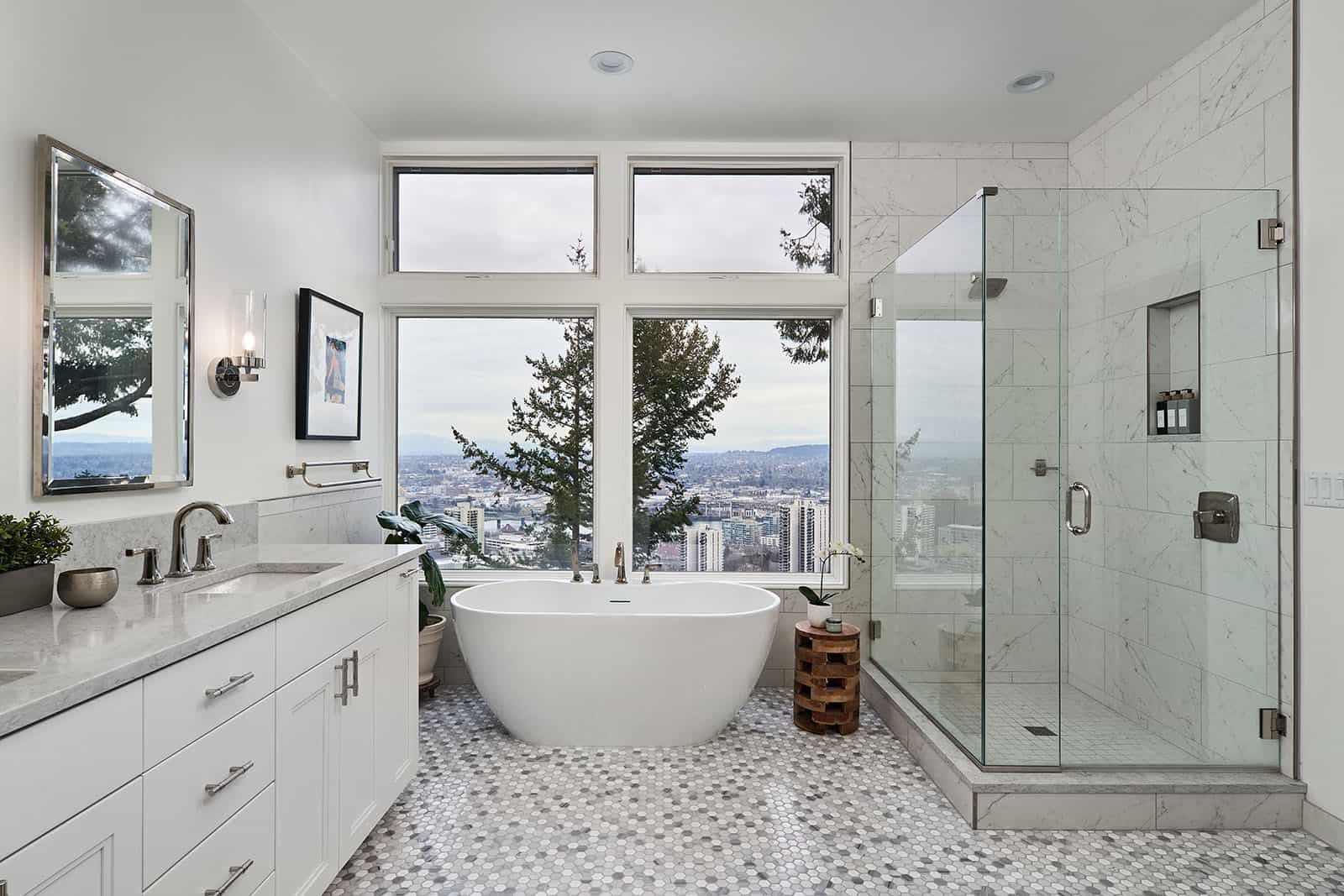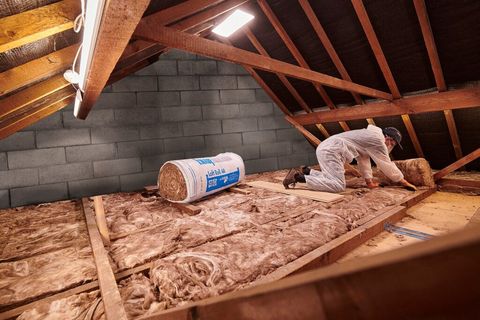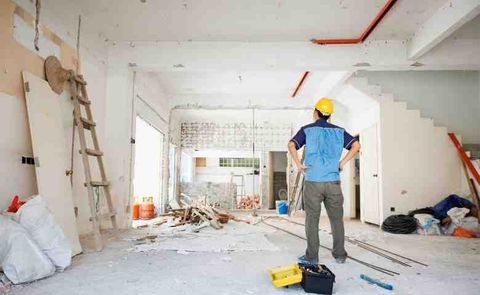Bathroom Remodeling Explained: A Complete Guide to Design, Planning, and Renovation Insights
Bathroom remodeling refers to updating or renovating one’s bathroom space—from changing fixtures, finishes and layout to improving plumbing, ventilation or accessibility. It exists because bathrooms are high-use rooms subject to wear and tear, evolving lifestyle needs, and changing design and technology standards.
Many homes built years ago may have outdated plumbing, insufficient ventilation, poor layout, or materials that no longer perform well. Remodeling helps bring the bathroom up to contemporary function, comfort and design expectations.

Importance
A bathroom is one of the most frequently used rooms in a home, so its comfort, functionality, and safety directly affect daily living. Bathroom remodeling matters for several reasons:
-
Accessibility: Helps older adults or people with mobility issues use the space safely.
-
Water efficiency: Supports the use of low-flow fixtures and sustainable plumbing.
-
Hygiene and ventilation: Prevents mould and dampness issues.
-
Home value and livability: A modern, functional bathroom enhances property appeal.
Remodeling helps solve problems such as inefficient layouts, poor lighting, water leakage, and lack of storage or accessibility features.
Recent Updates
In recent years, bathroom remodeling has evolved significantly in both design and function.
-
Many homeowners now include age-friendly and accessible features like grab bars and curbless showers.
-
Wet rooms—fully waterproofed open-shower spaces—are increasingly popular for their minimalist and accessible layout.
-
Design trends emphasize natural materials, earthy tones, and spa-inspired elements such as soaking tubs, rainfall showers, and soft lighting.
-
Smart technology integration is growing, including touchless faucets, temperature-controlled showers, and voice-activated mirrors.
-
Sustainability remains a key focus, with a growing preference for water-saving fixtures, recycled tiles, and LED lighting.
-
The “tile drenching” trend—using the same tile across walls and floors—has become a common way to achieve a seamless look.
These updates show that remodeling today is about balancing aesthetics, sustainability, comfort, and wellness.
Laws or Policies
In India, bathroom remodeling is influenced by several codes and regulations that ensure safety, hygiene, and proper construction standards.
-
National Building Code of India (NBC 2016): This model code outlines general requirements for bathrooms and sanitary areas. It specifies that bathrooms must have ventilation openings, impervious flooring and walls, and proper drainage slopes to prevent water stagnation.
-
Sanitary Appliance Standards (IS 2064:1993): This standard provides guidelines for the selection, installation, and maintenance of sanitary fittings and fixtures.
-
Local Building Bye-Laws: Depending on the city or municipality, you may need approval for changes in plumbing layouts, drainage systems, or structural alterations.
-
Accessibility Guidelines: For buildings meant for universal use, certain features such as grab bars, anti-slip flooring, and wider doors are recommended.
These laws ensure that remodeling projects maintain health, safety, and environmental standards.
Tools and Resources
Various tools and resources can simplify the bathroom remodeling process, from planning to completion:
-
Room Measurement Apps: Use mobile applications to scan and measure room dimensions accurately.
-
Design Software: Programs like SketchUp, Roomstyler, or HomeByMe help visualize bathroom layouts and materials.
-
Material Calculators: Online calculators estimate the quantity of tiles, paint, or waterproofing materials based on surface area.
-
Checklists and Templates: Printable remodeling checklists help track materials, timelines, and progress.
-
Standards and Code References: Consulting the National Building Code or Indian Standards for plumbing ensures compliance.
-
Accessibility Guides: Resources offering specifications for aging-friendly or disabled-friendly bathrooms help create inclusive designs.
-
Energy and Water Efficiency Tools: Tools to calculate potential water savings from low-flow fixtures or energy-efficient lighting.
Using these resources ensures that the remodeling process is efficient, compliant, and well-organized.
FAQs
Q1: How long does a typical bathroom remodeling project take?
A1: The duration depends on the scope of work. A simple upgrade involving fixture replacement and minor tiling might take two to four weeks. Larger projects involving plumbing changes or layout redesigns can take up to two or three months, including planning and finishing stages.
Q2: What are the most important design considerations for functionality?
A2: Essential aspects include proper ventilation to prevent dampness, non-slip flooring, adequate space for movement, effective lighting, and easy access to plumbing fixtures. Good waterproofing and drainage design are also crucial for long-term durability.
Q3: Do I need a permit for a bathroom remodel?
A3: Small renovations like replacing tiles or fixtures usually don’t require permits. However, major structural or plumbing alterations may require permission from local municipal authorities to ensure compliance with building codes.
Q4: What are current bathroom design trends?
A4: Popular trends include spa-inspired designs with natural materials, warm and earthy tones, integrated storage solutions, frameless glass enclosures, smart mirrors, and touchless controls. Sustainability and comfort are now key design priorities.
Q5: How can I make a bathroom more accessible for elderly or differently-abled individuals?
A5: Accessibility can be improved by installing grab bars near the shower and toilet, using non-slip flooring, creating a zero-threshold shower, ensuring ample lighting, and opting for lever-style faucets and handheld showerheads.
Conclusion
Bathroom remodeling is a process that combines design creativity, functional planning, and regulatory compliance. It’s about improving comfort, safety, and sustainability in one of the most important spaces in any home. By keeping up with current trends, understanding legal requirements, and using modern tools, homeowners can create a bathroom that reflects both style and practicality. A well-planned remodel not only enhances everyday comfort but also ensures that the space remains efficient and adaptable for future needs.





